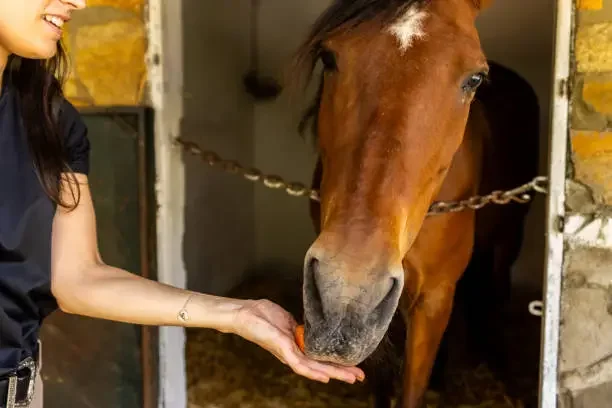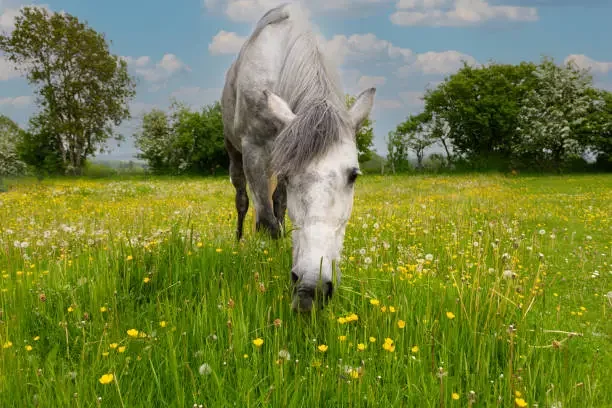A Guide to Treats: Safe Choices, Training Tips, and Enrichment Ideas
When it comes to caring for our horses, treats are more than just a tasty snack; they’re a powerful tool for training, enrichment, and building a positive relationship. But not all treats are created equal, and it’s important to know which ones are safe, how to use them effectively, and what to avoid.
Summer Pasture
Horses were born to eat grass. For horse owners, pasture is the most natural and economical way to feed horses, reducing the need for hay and commercial feeds. With the right advice on grass species, planting, fertilisation, and grazing management, you can maintain productive pasture all year round.
Let’s get pregnant: Feeding for Fertility
Of all domesticated animals, horses have the lowest fertility rate. This is often due to selective breeding for performance and conformation rather than fertility. Equine fertility is influenced by a complex mix of environmental, management, and individual animal factors.
Know Your Horse's Vital Signs
Understanding your horse’s vital signs - temperature, pulse, and respiration (TPR) - is essential. These indicators can help you detect illness early, monitor recovery, and communicate effectively with your vet.




